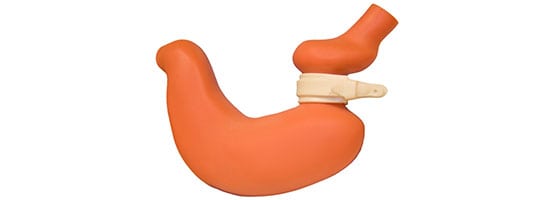
Lap-band surgery is one of the more popular weight loss or bariatric surgeries. Though the great majority of patients adapt well to the surgery, one advantage of lap band surgery is that it is adjustable and able to be revised. Some patients do in fact opt to have it reversed for several reasons.
What Lap-Band Surgery Entails
During lap-band surgery, the doctor installs a silicone band around the top of the stomach. This forms a tiny pouch that lets the patient feel full even though they’ve only eaten a small amount of food. Slowly, the food passes into the rest of the stomach, and normal digestion takes place. The doctor can adjust the band via a port in the abdomen.
Why Revise Lap-Band Surgery?
Patients might have their lap band surgery revised because they experience chronic GERD, or a backwash of stomach acid into their esophagus. There may be too many foods they can no longer tolerate. In many cases, the band or the port may need adjusting. The patient may continue to gain weight or not lose enough weight, despite the band. The stomach pouch itself may stretch or newer techniques have been developed, and the lap-band surgery may need to be revisited.
The patient can also opt for other types of bariatric surgeries. Some operations that are options include:
- Gastric Bypass – In this operation, the surgeon uses staples to reduce the size of the stomach. As with lap-band surgery, this causes the patient to feel full after eating only a small amount of food and encourages weight loss.
- Sleeve Bypass – The surgeon removes enough of the stomach to create a much smaller sleeve. Like the gastric bypass, the patient feels full after a small amount of food. This surgery is done laparoscopically, which means the surgeon uses a flexible tube with a tiny camera and light and miniaturized instruments.
- Loop Duodenal Switch – This surgery resembles the sleeve gastrectomy, but the duodenum, the very top of the small bowel that connects to the stomach, is replaced by a section of the small intestine. The patient’s gallbladder is removed, and another section of the small intestine and the duodenum are sutured to the small intestine near the beginning of the colon.

